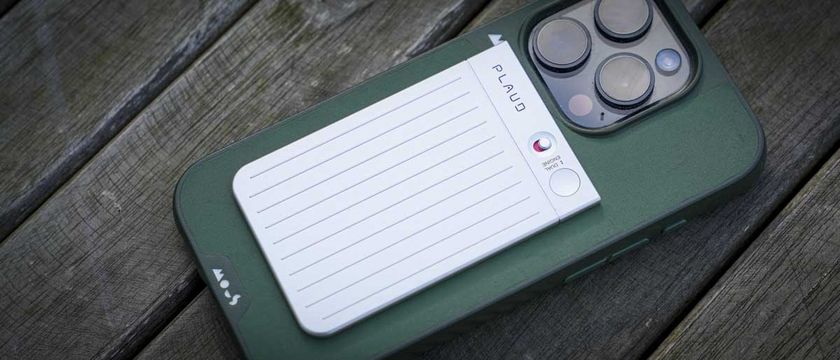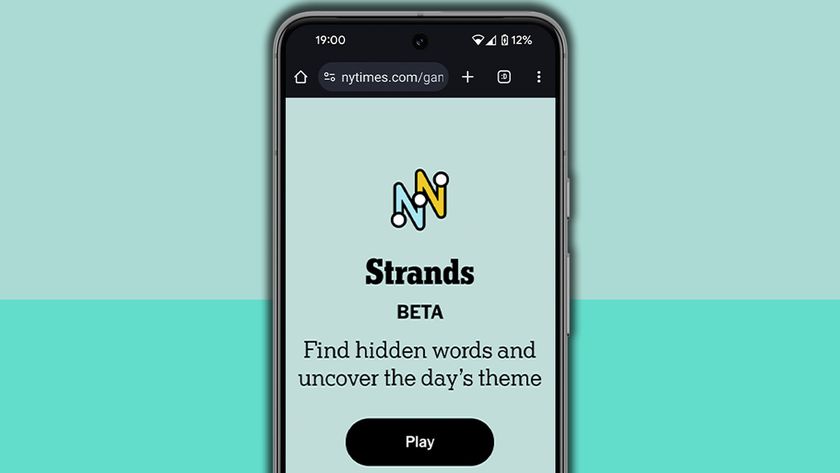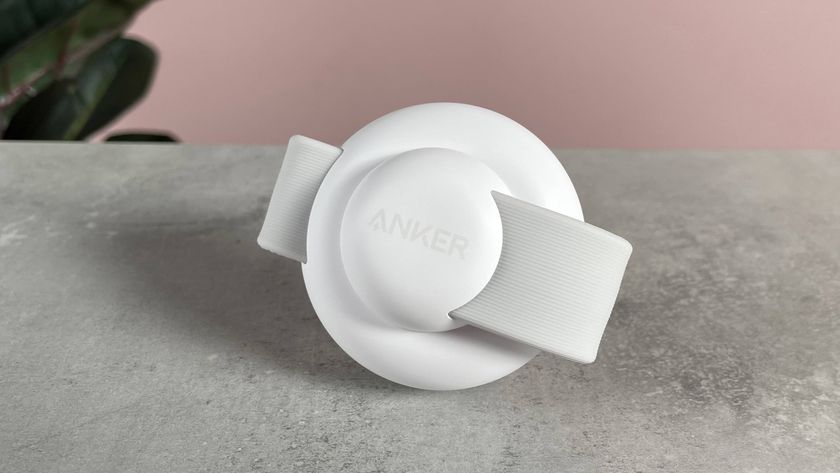TechRadar Verdict
A compelling mix of NAS and router, though you do pay more for those advanced features, and needs more third-party apps.
Pros
- +
OS-like, easy-to-use web interface
- +
Built-in and downloadable apps extend functionality beyond most other routers
- +
Great hardware extras, such as SD card reader and functional buttons
Cons
- -
Needs more third-party apps
- -
Higher price than other AC2600 routers
- -
Not the fastest 802.11ac Wi-Fi available
Why you can trust TechRadar
In 2017, expecting our digital devices to 'do more' is pretty much par for the course. The rise of smartphones has meant that it’s now easy for device-makers to throw an inexpensive ARM processor – like what’s at the heart of our smartphones – in just about anything, leading to the rise of ’smart’ gadgets across the entire tech space, and often beyond. Of course, 'smart' doesn’t always equal 'better' – features have to actually be useful to make them worth paying for, and when it comes to 'smart routers' previous attempts have been a bit hit and miss. A few different networking vendors have tried the 'router with apps' approach, but most have hit the exact same roadblock: a lack of useful apps.
Synology’s the latest company to take a stab at the 'smart router' concept, but while the Taiwanese device-maker has a long and well-respected history with network-attached storage (NAS) boxes, it’s actually fairly new to the router game – the RT2600ac is only its second offering, following up on the RT1900ac that was released back in late 2015.
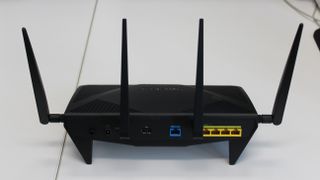
There’s a fairly good reason for that: despite no lack of effort, it’s tough for outsiders to break into the router game – it's a space that, for the last decade, has largely been dominated by big players like Netgear, Linksys, D-Link and TP-Link.
Synology has been fighting a bit of an uphill battle then, but its prowess in the NAS arena has bought it a lot of good will. With the latter products, it’s managed to foster an enthusiastic community of NAS fans and developers, meaning there’s a lot of third-party applications that enhance and extend what its NAS devices can do. And that’s something Synology has been hoping it’ll be able to transfer over to its routers.
The caveat is that you do pay a bit more than average to get those more advanced features, with the RT2600ac selling for $330/£260/AU$390 – that’s about 30-40 percent more than similarly-specced routers from other vendors; see ASUS’s RT-AC87U as an example.
Hardware features & specifications
So, how does this second 'smart' router differ from its forebear? Externally, it shares the same general 'function-over-form' vibe as the 1900ac — it’s textured black body isn't particularly sleek or sexy but, on the plus side, it at least doesn’t call too much attention to itself. Its hind feet are longer than average, so the back does sit high and means the whole thing tilts at a sharp angle.
From the outside, the most immediately-noticeable change from its forebear is the RT2600ac’s addition of an extra Wi-Fi antenna, making for a total of four (all of which are removable) to match the internal 1,733Mbps (on 5GHz) and 800Mbps (on 2.4GHz) '4x4' 802.11ac radio setup.
Round the back there's the same quota of four Gigabit Ethernet ports alongside a Gigabit internet (aka WAN) port – there’s no built-in ADSL, VDSL or cable modem, so you’ll need to BYO in that area.
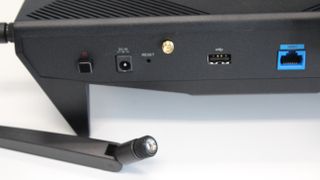
There’s also a pair of USB ports – one 2.0 on the back and one 3.0 on the side — which are ostensibly for plugging in storage devices, although you can also attach a printer or 3G/4G USB dongle to give yourself a fallback connectivity option in the case your main broadband line fails. And for photography fans, there’s additionally an SD card reader on the front edge of the router – potentially handy for backing up photos and video to any USB-connected drives.
Synology’s built a shedload of physical buttons on the RT2600ac, too – as well as the relatively common WPS and power buttons, there’s also a Wi-Fi on/off switch and an eject button for safe removal of USB drives or SD cards.
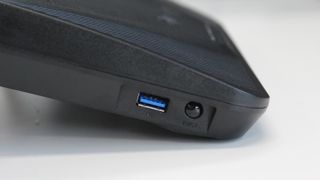
However, this unit's most significant changes over its predecessor are its the internal hardware upgrades — like the RAM increase from 256MB to 512MB and the trading-up from a dual-core 1GHz processor to a faster 1.7GHz model (specifically the ARM Qualcomm IPQ8065). The 802.11ac Wi-Fi chops have likewise been bumped up from AC1900-class to AC2600 – as we mentioned above, that means you get theoretical speeds of 1,733Mbps on 5GHz and 800Mbps on 2.4GHz (that’s compared to the RT1900ac's 1300Mbps and 600Mbps, respectively).
Now, while that’s not quite cutting-edge in terms of Wi-Fi specifications – AC2600 devices have been available for a couple of years now, and we’ve since seen the arrival of theoretically-faster multi-radio AC3200 and AC5300 routers – for home and small office needs, that spec should be ample for the next few years. And it includes all the useful 802.11ac Wi-Fi features like MU-MIMO and beam-forming, which can both help to increase transfer speeds and more-evenly share available wireless bandwidth when multiple devices are connected.
Rounding out those internal specs is 4GB of internal flash storage for running the OS and installing any desired extra apps or services.
- 1
- 2
Current page: Hardware features & specifications
Next Page Performance, software features & verdict
Dan is a veteran Australian tech journalist with more than 20 years industry experience. He cut his teeth in the world of print media, starting as a product reviewer and tester and eventually working his way up to become editor of the two top-selling tech mags Down Under (TechLife and APC) and has been managing TechRadar's APAC presence since 2016. He's passionate about most things tech, but is particularly opinionated when it comes to PC hardware, phones, ereaders, video games and online streaming. When he's not staring at screens, Dan loves to spend time cooking – particularly spicy Thai food. (If it's not hot enough to bring tears to your eyes, he's not interested.)










